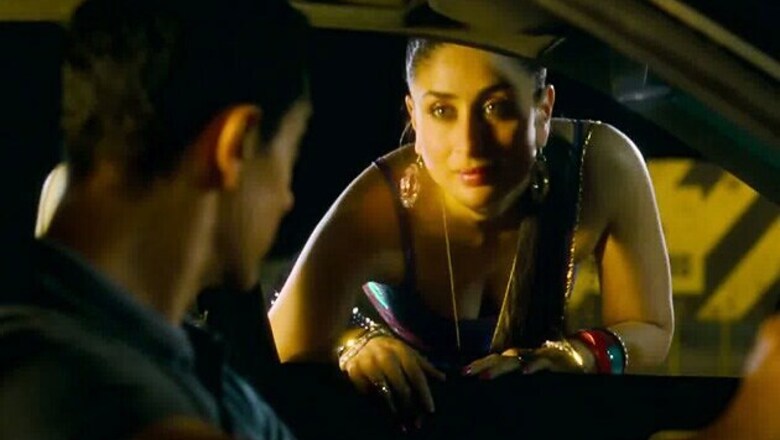
views
New Delhi: The script has changed in Bollywood in the last 60 years - the women are more worldly, the men more macho and the cinema itself more techno-savvy, almost as good as Hollywood, says veteran cinema writer and critic Bhaichand Patel.
"The women in Hindi cinema are more assertive though no less beautiful (than yesteryear ones), they often smoke on screen and they are equal to men. Mainstream cinema has been a good trend-setter for equality of gender - it is happening now," Patel told IANS in an interview.
"The hero, however, has not changed as much as women though they - the crop represented by Salman Khan, Ajay Devgn and Amitabh Bachchan - are a little more physical and action-oriented than the early superstars like Dilip Kumar and Raj Kumar".
A former UN official, Patel studied filmmaking at New York University.
His new book, 'Bollywood's Top 20: Superstars of Indian Cinema', launched Monday, has captured the whole structure of Indian cinema and its changing face with essays about 20 top stars on the basis of their popularity and talent.
"The 20 stars we have chosen are not necessarily the most talented. But they were - some of them still are - the most popular of their times...Some of them have also created spectacular flops, the biggest dud of all times, but that comes within their territory," he said.
"The three stars I would have loved to include was Nadia, Nutan and Vyjayanthimala. Nadia was a great actor - she was jumping from train to train, hitting villains with whips and her horse was known as 'Punjab ka beta'," he said.
The writer, who was baptised into cinema as a toddler with 'Fearless' Nadia's 'Bombaiwalli' in 1941, says belying the notion that the anti-hero in Hindi cinema is a new trend, "the dark heroes have always been there - even in the old days".
"I recall a movie, 'Amar', in which Dilip Kumar rapes a girl played by Nimmi and then marries her. But the movie flopped because it was ahead of its time...Now heroes like Saif Ali Khan and Sanjay Dutt play villains and negative characters. Rishi Kapoor plays a bad man in 'Agneepath'," Patel said.
"But heroines are reluctant to play mothers. After 35-40 years, they are past their prime and it's over for them," Patel said.
Today's cinema is very different from those 30-40 years ago, music is not as good as the music of the golden era of Indian movies in the 1950s.
"I miss the good actors," Patel said.
"From 1931, when sound was introduced in cinema, till 1952, they shot movies with the same camera because during the Nehru era, they could not import anything. Indians have a tradition for repairing everything. But now they are technically superior. Films like 'Peepli Live' and 'Dhobi Ghat...' are as good as anything made in Hollywood," he said.
He said "his three favourite movies in the recent times include 'Delhi Belly', 'Peepli Live' and 'Dev D'".
The writer said "the 1970s and 1980s were terrible decades for Hindi cinema". The muses were in retreat and the films were uniformly bad, he said.
"Cinema halls built 50 or so years earlier had decayed, with rats taking over...Amitabh Bachchan played the angry young man while Dharmendra's favourite phrase seemed to be 'kutte kamine'," he said.
There was a lot of fisticuffs, very little by way of plots; Bappi Lahiri was a successful music director, he said. "Need I say more? As a result, the middle class gave up going to the theatres and watched pirated videos of foreign films at home," he said.
Bollywood has been "up and running again for a few years now...the multiplexes that have come up have comfortable seats and there is no shortage of screens", he said.
The book, published by Penguin India and divided into 20 chapters, covers KL Saigal, Devika Rani, Ashok Kumar, Nargis, Suraiya, Dilip Kumar, Raj Kapoor, Dev Anand, Madhubala, Meena Kumari, Shammi Kapoor, Waheeda Rehman, Hema Malini, Rajesh Khanna, Amitabh Bachchan, Madhuri Dixit, Aamir Khan, Shah Rukh Khan, Kajol and Kareena Kapoor - by some of the best contemporary writers on cinema.



















Comments
0 comment